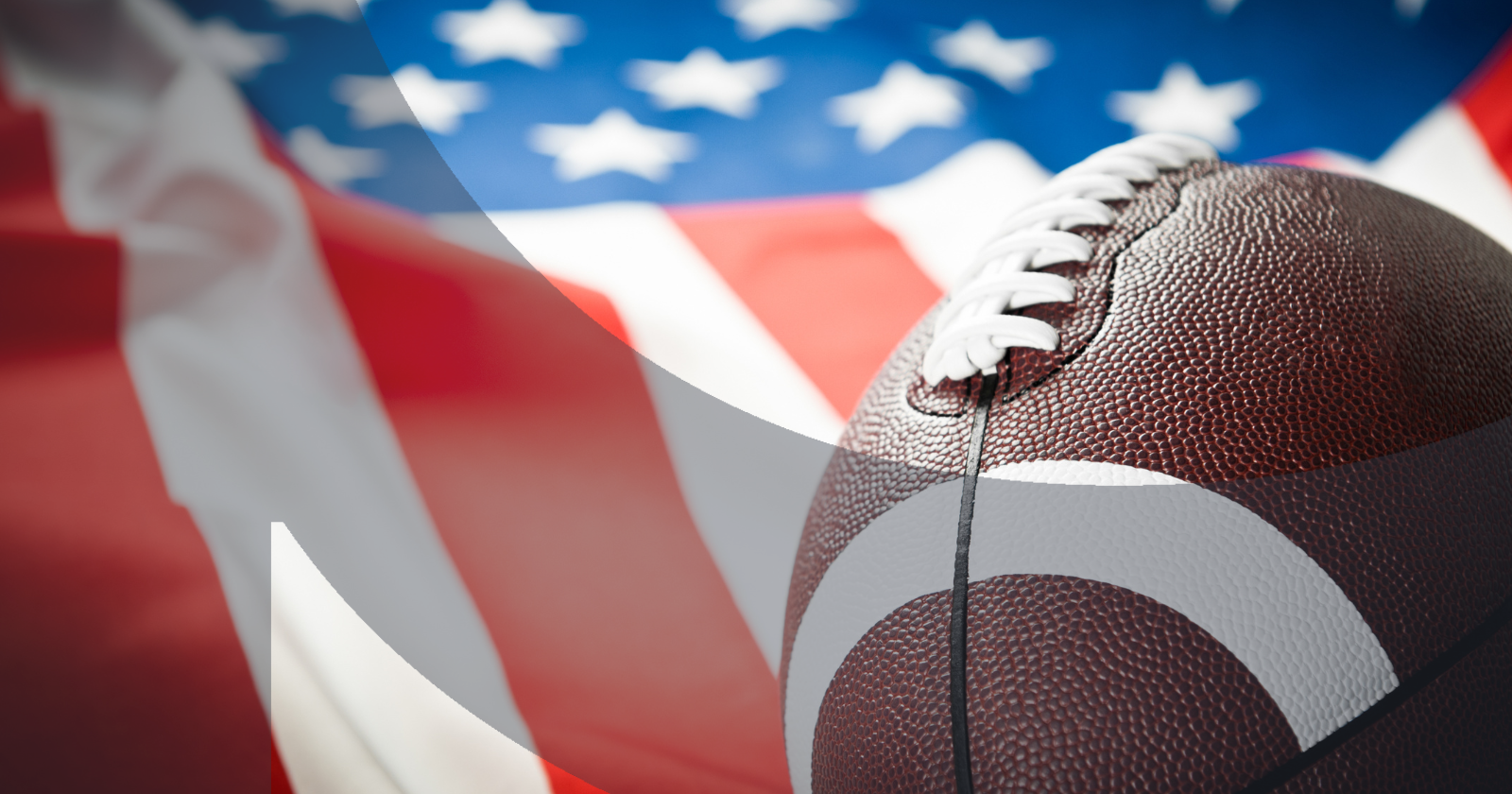The Super Bowl is more than a championship game; it’s a cultural phenomenon in the United States. Beyond the competition on the field, the Super Bowl is a chance for friends and family to spend quality time together, to fill up on countless buffalo wings and beer, and bet on how many times Taylor Swift’s name is mentioned during the first half of the game. Aside from what the Super Bowl means for fans, the annual event is also a masterclass in marketing, with brands deploying innovative strategies to create buzz and impact.
Let’s delve into the Super Bowl PR playbook and extract valuable lessons that can be applied to any marketing strategy or campaign.
Brand Visibility and Exposure MATTER.
The 2023 Super Bowl had a viewership of 115 million watching live, with even more impressions racking up in the days after the big game, as fans posted and tweeted about their favorite moments and their favorite commercials. In fact, countless brands have experienced significant increases in sales and recognition as a result of partnering with the NFL, proving exposure works. A great example is the commercials curated by long-time Super Bowl advertiser Budweiser. The beer company is no stranger to compelling brand ads, most notably its Clydesdales commercials, highlighting the American dream in all of us. Doritos and Coca-Cola are a few other notable brands that have published memorable ads during the Super Bowl and have historically produced content that has garnered significant attention. In short, the next time a client opposes a paid media opportunity, remind them of the benefits exposure brings to a brand.
Don’t Forget to Pregame!
A pre-game PR strategy is a crucial phase for any brand dedicated to building anticipation and generating buzz well before a launch…or kickoff if you will. One key element learned from Super Bowl marketing is the implementation of teaser campaigns, where snippets of information are strategically released to captivate audience curiosity. Successful examples, including easter eggs across social media and hinting at halftime performance surprises, demonstrate the psychological impact of such strategies on audiences. Teasers create a heightened sense of excitement and anticipation and leverage social media channels to better connect with fans. The Super Bowl has an extensive reputation for hyping up the game of the year and has proven to be an effective tactic in marketing and PR.
The Importance of Consistency in Messaging.
Consistency in messaging helps reinforce a brand’s image, and the Super Bowl’s famous commercials often reflect each company’s established identity, ensuring viewers recognize and associate the message with the brand. As previously mentioned, Budweiser’s popular Clydesdale campaign is a strong example, as the brand consistently conveys messages of tradition, nostalgia, and the enduring quality of the Budweiser brand during each Super Bowl event. Brands that continue with identical messaging and themes in their marketing build long-term recognition and create a sense of reliability and trustworthiness. While the Super Bowl may emphasize the importance of maintaining a consistent message, the lesson should be applied across all industries as a uniform identity is crucial for any brand to witness positive audience perceptions and engagement.
Adaptability to Trends.
The Super Bowl reflects current cultural and societal trends and is an excellent example of how brands and advertisers adjust marketing strategies to align with topical shifts. The Super Bowl aligns with the top trends in sports, entertainment, celebrities, and marketing, so staying informed on the latest memes, phrases, and relevant references during the event is a surefire way to connect with audiences. Staying attuned to the pulse of contemporary culture, social issues, and marketing dynamics demonstrate agility and relevance, enhancing awareness during high-impact events, such as the Super Bowl, and throughout other crucial times of the year.
It’s clear the Super Bowl offers valuable insights to PR professionals about the dynamic landscape of public relations. The event underscores the significance of high-stakes visibility, creative storytelling, and real-time marketing opportunities. Moreover, the event emphasizes the need for consistency in messaging to build and reinforce brand identity and long-term recognition. PR professionals can and should draw inspiration from strategies employed during the big game, gaining valuable lessons in effective communication, adaptability to trends, and strategic engagement with a wide-ranging audience.






